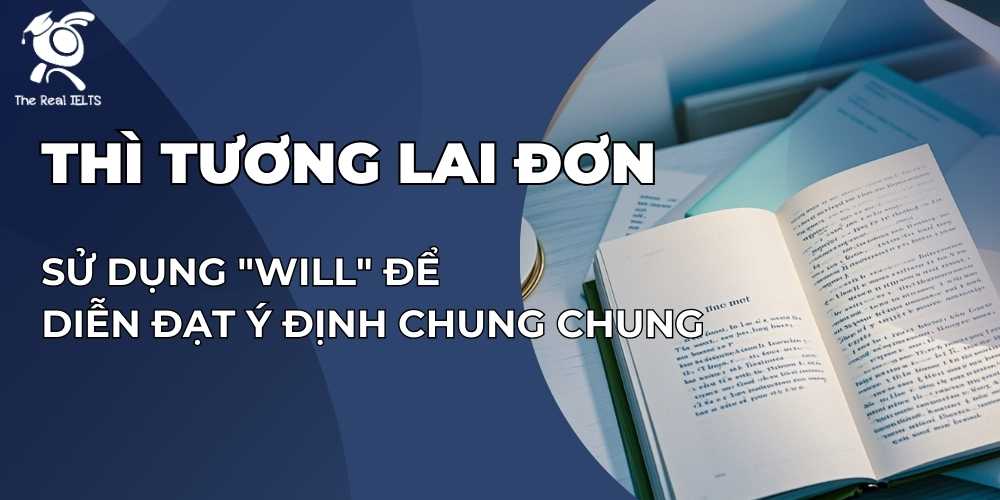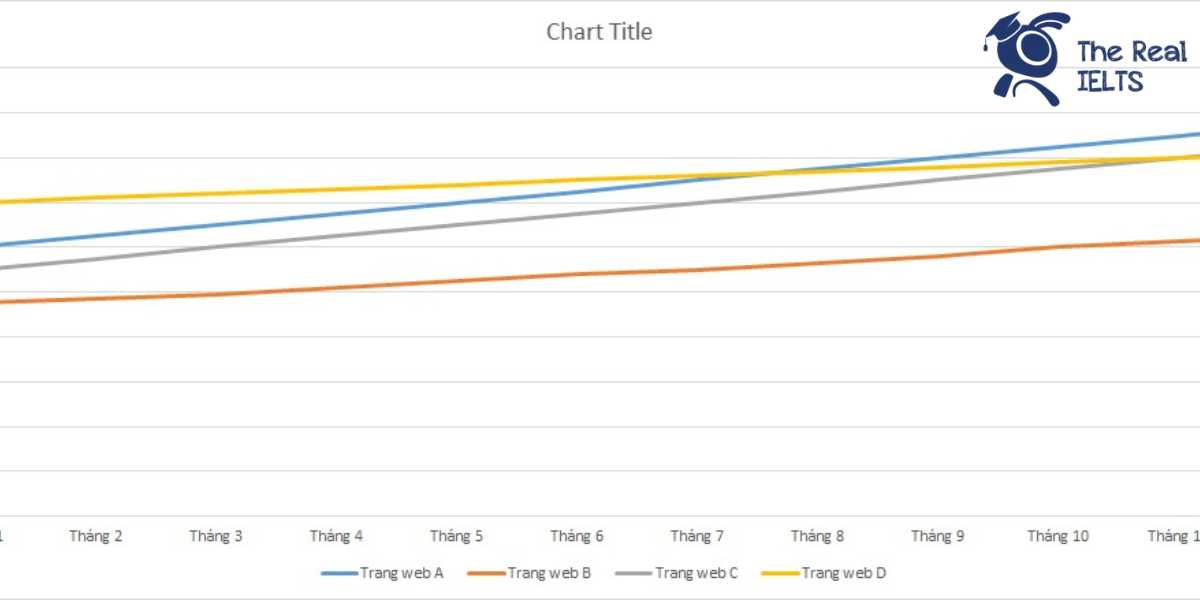Luyện tập IELTS Reading ngày 9 có chủ đề: Urbanization: Challenges and Solutions. Bài này thuộc chuỗi IELTS Reading: 30 chủ đề luyện tập. Mỗi bài này luyện tập khoảng 30 phút.
Học lại bài cũ: IELTS READING Day 8: The Role of Women in STEM Fields.
Đọc bài IELTS Reading và trả lời câu hỏi ở bên dưới
The process of urbanization is a defining feature of the 21st century. As populations shift from rural to urban areas, cities are growing at unprecedented rates. According to the United Nations, by 2050, nearly 70% of the world’s population will live in urban areas. While urbanization has led to economic development and improved access to services, it also presents significant challenges that must be addressed.
Challenges of Urbanization
One of the primary challenges of rapid urbanization is the strain on infrastructure. Cities must provide housing, transportation, water, and sanitation services for growing populations. In many developing countries, infrastructure has not kept pace with urban growth, leading to overcrowding, poor sanitation, and traffic congestion. Slums, characterized by inadequate living conditions, are a common feature in many cities around the world. These areas often lack basic services like clean water and electricity, and residents are vulnerable to health issues due to poor hygiene and unsafe living environments.
Environmental degradation is another major issue associated with urbanization. As cities expand, they encroach upon natural habitats, leading to deforestation and loss of biodiversity. Additionally, the concentration of industries and vehicles in urban areas contributes to air and water pollution, which can have severe health impacts on the population. Climate change exacerbates these problems, as cities face more extreme weather events such as flooding and heatwaves.
Social inequality also tends to worsen in rapidly urbanizing areas. While some residents benefit from the economic opportunities that cities provide, others, particularly those in low-income communities, are often left behind. The gap between the rich and the poor is more pronounced in urban settings, where wealthier neighborhoods have access to better services and infrastructure compared to poorer areas.
Solutions to Urban Challenges
To address the challenges of urbanization, governments and city planners must implement sustainable urban development practices. One solution is to invest in smart infrastructure that can adapt to the growing needs of urban populations. This includes developing efficient public transportation systems, ensuring access to affordable housing, and improving sanitation and water management. In cities like Singapore and Copenhagen, innovative urban planning has successfully reduced congestion and improved the quality of life for residents.
Green spaces and environmentally friendly practices are also key to mitigating the environmental impacts of urbanization. Cities should prioritize the preservation of parks and natural areas, promote the use of renewable energy, and implement policies that reduce carbon emissions. Urban farming and green rooftops can also help reduce the ecological footprint of cities while improving food security for urban residents.
Social policies that address inequality are equally important. Governments should focus on providing education, healthcare, and job training for low-income populations to ensure that all urban residents can benefit from the opportunities that cities offer. By creating more inclusive cities, urban areas can foster economic growth while reducing social tensions.
Từ vựng
- Urbanization – Đô thị hóa
- Defining feature – Đặc điểm nổi bật
- Unprecedented – Chưa từng có
- Infrastructure – Cơ sở hạ tầng
- Overcrowding – Sự quá tải dân số
- Sanitation – Vệ sinh
- Congestion – Tắc nghẽn
- Slums – Khu ổ chuột
- Inadequate – Không đủ, thiếu thốn
- Vulnerable – Dễ bị tổn thương
- Hygiene – Vệ sinh cá nhân
- Environmental degradation – Sự suy thoái môi trường
- Deforestation – Nạn phá rừng
- Biodiversity – Đa dạng sinh học
- Air pollution – Ô nhiễm không khí
- Water pollution – Ô nhiễm nước
- Exacerbates – Làm trầm trọng thêm
- Extreme weather events – Các sự kiện thời tiết khắc nghiệt
- Social inequality – Bất bình đẳng xã hội
- Low-income communities – Cộng đồng thu nhập thấp
- Wealthier neighborhoods – Khu vực giàu có hơn
- Sustainable – Bền vững
- Smart infrastructure – Cơ sở hạ tầng thông minh
- Public transportation systems – Hệ thống giao thông công cộng
- Affordable housing – Nhà ở giá rẻ
- Green spaces – Không gian xanh
- Renewable energy – Năng lượng tái tạo
- Carbon emissions – Khí thải carbon
- Urban farming – Nông nghiệp đô thị
- Inclusive – Hòa nhập, bao gồm mọi người
- Foster – Thúc đẩy
- Ecological footprint – Dấu chân sinh thái (tác động đến môi trường)
- Job training – Đào tạo nghề
Câu hỏi IELTS Reading Urbanization: Challenges and Solutions
Questions 1–5: Multiple Choice
Choose the correct letter, A, B, C, or D.
- What percentage of the world’s population is expected to live in urban areas by 2050?
- A. 50%
- B. 60%
- C. 70%
- D. 80%
- What is one of the primary challenges of rapid urbanization mentioned in the passage?
- A. Increased crime rates
- B. Strain on infrastructure
- C. Loss of cultural traditions
- D. Lack of natural resources
- Why do slums pose a significant problem in urban areas?
- A. They are located in remote areas
- B. They have inadequate living conditions
- C. They are more prone to natural disasters
- D. They consume too much energy
- How do cities contribute to environmental degradation?
- A. By using excessive water resources
- B. By encouraging deforestation
- C. By over-relying on renewable energy
- D. By promoting urban farming
- What is one solution proposed to address social inequality in urban areas?
- A. Increasing taxes for wealthy residents
- B. Providing healthcare and education for low-income populations
- C. Restricting access to high-income neighborhoods
- D. Encouraging migration to rural areas
Questions 6–10: Sentence Completion
Complete the sentences below. Choose NO MORE THAN THREE WORDS from the passage for each answer.
- In developing countries, rapid urbanization often results in ___________ and poor sanitation.
- Environmental degradation in cities is exacerbated by both deforestation and ___________.
- Air and water pollution in urban areas can lead to severe ___________.
- One solution to urban challenges is to invest in ___________ that can meet the demands of growing populations.
- Urban farming and green rooftops can improve food security and reduce the ___________ of cities.
Đáp án IELTS Reading Urbanization: Challenges and Solutions
Questions 1–5: Multiple Choice
- C – 70%
- B – Strain on infrastructure
- B – They have inadequate living conditions
- B – By encouraging deforestation
- B – Providing healthcare and education for low-income populations
Questions 6–10: Sentence Completion
- overcrowding
- loss of biodiversity
- health impacts
- smart infrastructure
- ecological footprint















